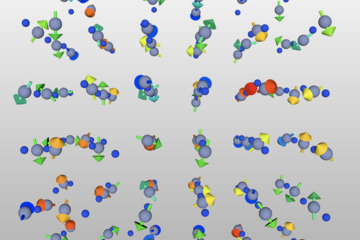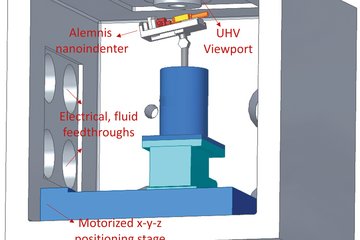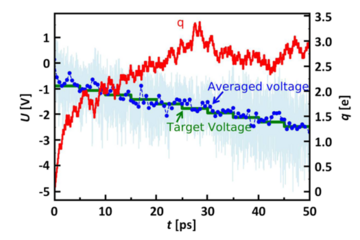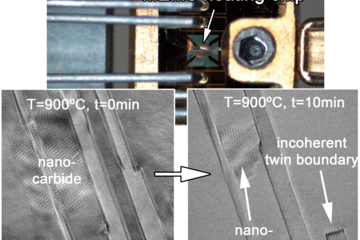All genres
21.
Poster
Oxygen Reduktion Reaction On Pt-Nanoparticles: A Density-Functional Based Study II. Electrochemistry 2010: From Microscopic Understanding to Global Impact, Ruhr-Universität Bochum, Bochum, Germany (2010)
22.
Poster
Interactions of Main Group Elements and Aromatic Systems - A Theoretical Study. STC 2010 - Quantum Chemistry for Large and Complex Systems: From Theory to Algorithms and Applications, Münster, Germany (2010)
23.
Poster
Oxygen Reduktion Reaction on Pt-Nanoparticles: A Density-Functional Based Study I. Electrochemistry 2010: From Microscopic Understanding to Global Impact, Ruhr-Universität Bochum, Bochum, Germany (2010)
24.
Teaching
Grundlagen von Elektronenstrukturrechnungen. Lecture: Kompaktkurs "Grundlagen von Elektronenstrukturrechnungen", Institut für Chemie, TU Chemnitz, Germany, April 12, 2010 - July 23, 2010











